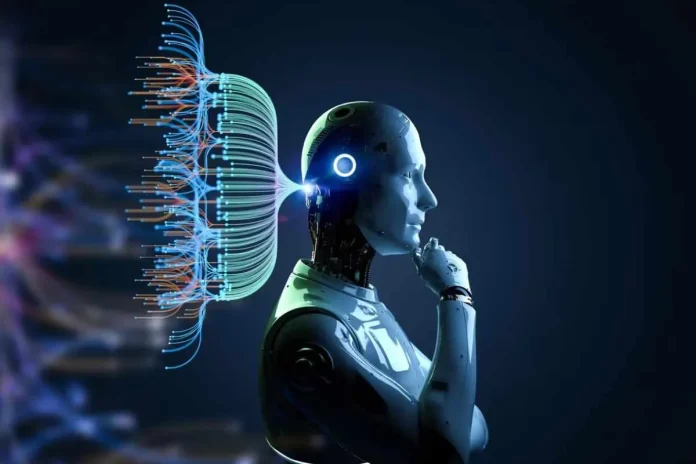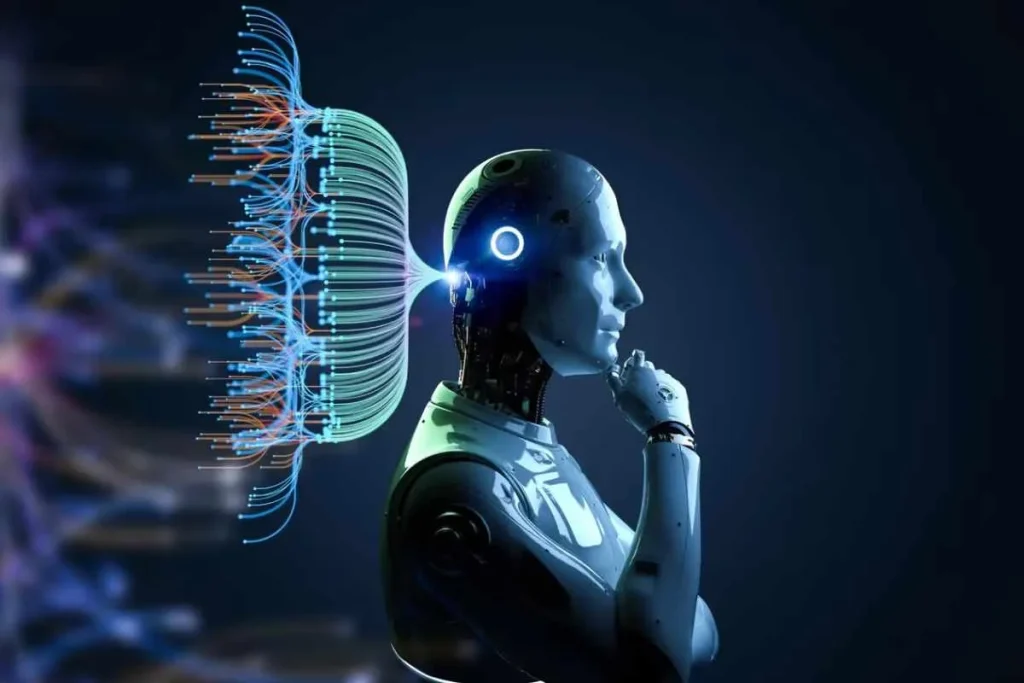
“In the decade to come. humans will no longer be required for much.” Bill Gates’ remark, which he delivered on national television, has the chill factor to start a science fiction book, but it is a reflection of a paradigm shifting change already in train in the world economy. As artificial intelligence creeps into the fabric of everyday life, students and workers are left guessing what jobs will survive and what will be lost to the computer shadows.

But even during the peak of automation, a few jobs and skills were immune to replacement. This article discusses the intricate factors behind why certain professions software coding, energy systems, and life sciences are still not possible without the unique touch of human capability. Based on recent studies and expert opinion, it also enumerates the supporting skills and decision making processes that will continue to keep humans ahead of AI, even as the latter extends its reach.

1. Programming Software: From the Algorithm to Creativity
While tools with an AI foundation such as GitHub Copilot now even provide blocks of code suggestions, programming remains a highly human process. Gates says, “Even in 100 years, AI won’t replace the creative act of programming.” The thing is that AI can make drudgery debugging, documentation, and even generate basic functions but simply can’t quite manage the delicacy of system design, user needs, or the abstract thinking involved in creating milestone software.
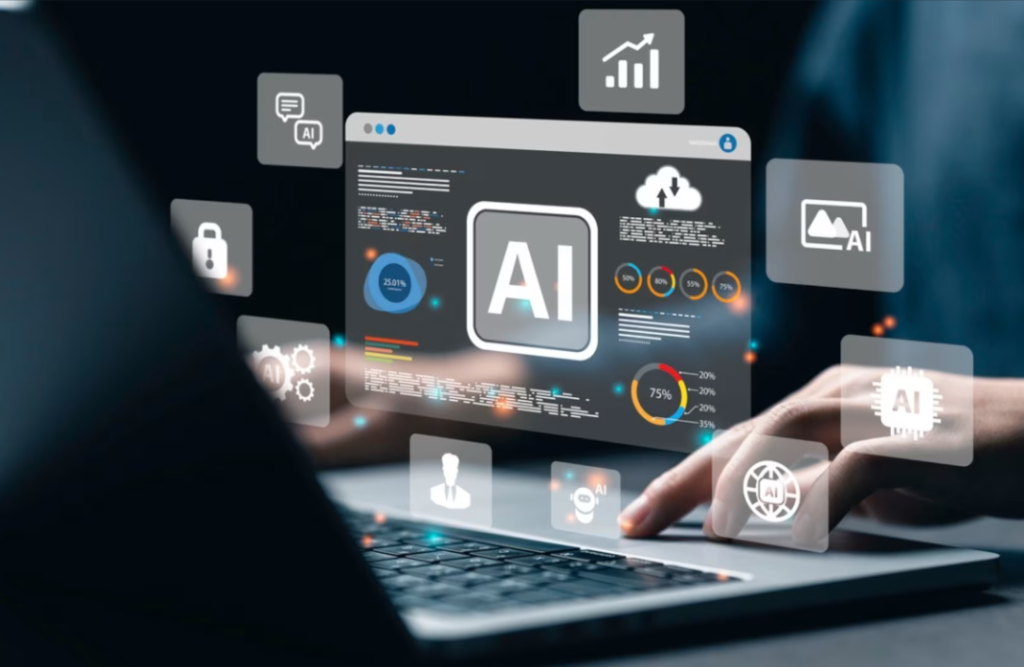
As argued in recent studies, developers who welcome AI as an instrument instead of a threat have their productivity and problem-solving capacity improved. However, the need for human monitoring grows day by day. Sound, secure, and inventive systems need to be constructed with judgment, imagination, and a profound understanding of genuine issues and skills that are still a step ahead of AI.
Additionally, AI has created new avenues of programming that range from building and training AI frameworks to refining intricate algorithms. The future is for those who can combine technical knowledge with flexibility in a manner that human imagination will be at the cutting edge of software creation.
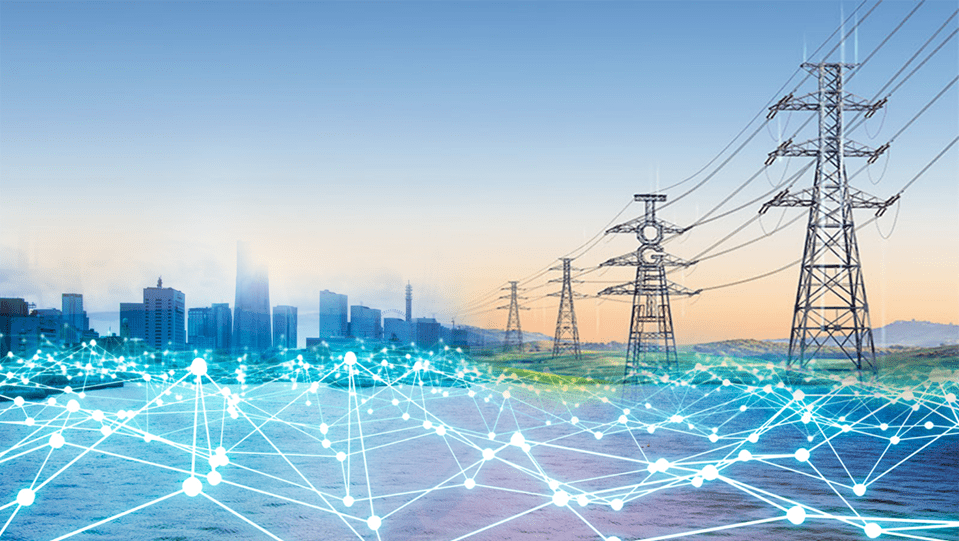
2. Energy Systems: Human Judgment in a High-Stakes Sector
AI is quickly revolutionizing the energy industry, maximizing grid management and enabling integration of renewable sources. Existing companies already experience greater efficiency in wind turbines and less infrastructure damage thanks to smarter analytics and predictive maintenance. However, as suggested by the ADViCE initiative and recent studies in the industry, complexity and safety criticality of the energy system make it impossible to automate fully.
Computers can improve deployment and detect threats, but mutually conflicting goals or feedback loops in computers might initiate catastrophic failures. As such, human intervention is necessary for compliance with regulations, risk assessment, and surveillance. The time it takes for technology to catch on in the industry usually a decade or more to deploy new control systems is evidence that stakes are astronomically high. AI trust will be established not via wholesale take up, but via tough testing, transparent standards, and constant dialogue between subject matter experts and technologists.

The coming five years should see acute deployment of AI in smart grids and predictive maintenance, but the final judgment on safety and strategic choices will always be with humans. As the energy world evolves, technical specialists blended with systems thinking professionals will become critical.
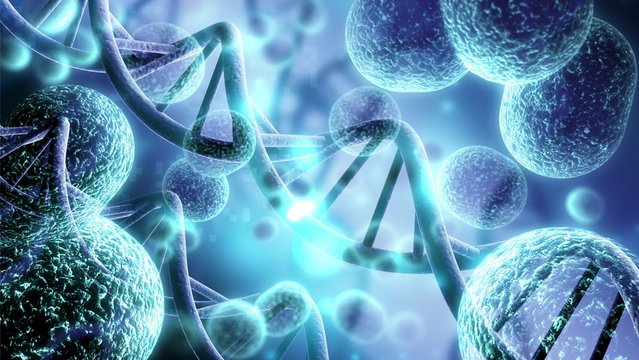
3. Biological Sciences: Innovation at the Human-AI Frontier
The potential of AI in biological sciences extends far, ranging from speeding up drug discovery to revolutionizing epidemiology and precision medicine. Algorithms can now navigate huge multi-omics databases, recognize disease risk factors, and even help create new drugs. But, according to Gates and top scientists, the leap for true scientific innovation is yet to remain within human brains. AI has a superior ability to process data and recognize patterns but has no ability to conceive new avenues of research or balance strategic options when the purse strings are tight. While recent writings have also referred to how the injection of AI into biology is breaking open new horizons ranging from green agriculture to customized medicine every step depends on human control to be accurate, right, and fitting.
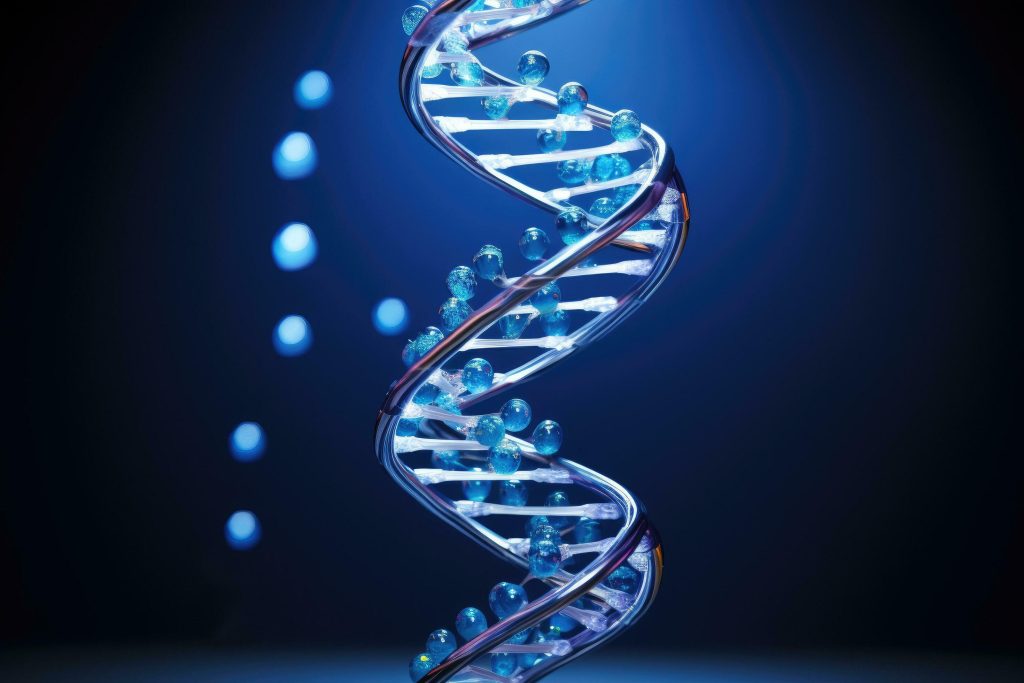
Besides, the field also has its challenges: training data biases, demands for stringent regulation protocols, and the need to maintain diversity and inclusion in research. As another Congressional Research Service report frames it, “AI is a tool that should be used in the right context to answer an important question or solve an important problem.” The future of biological sciences will be in the hands of those who know how to unlock the potential of AI without surrendering the foundational principles of scientific pursuit.
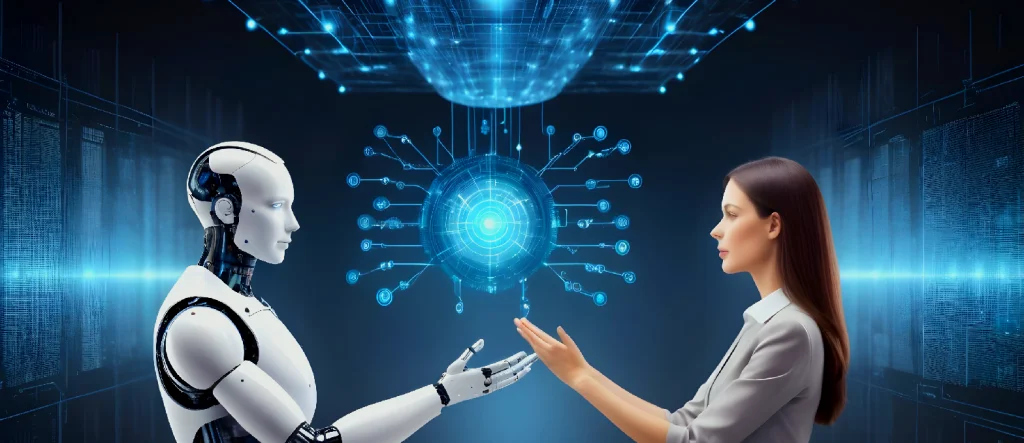
4. The Art of Human-AI Collaboration: Decision-Making and Oversight
Increasing evidence suggests that the greatest truth of all is that the best application of AI is not to supplant human judgment but to augment it. According to a report by the University of Washington and MIT, while AI can enable non-experts to arrive at the level of conclusions as experts, the highest degree of accomplishment is achieved when human analysts consciously deliberate over AI-suggested recommendations.
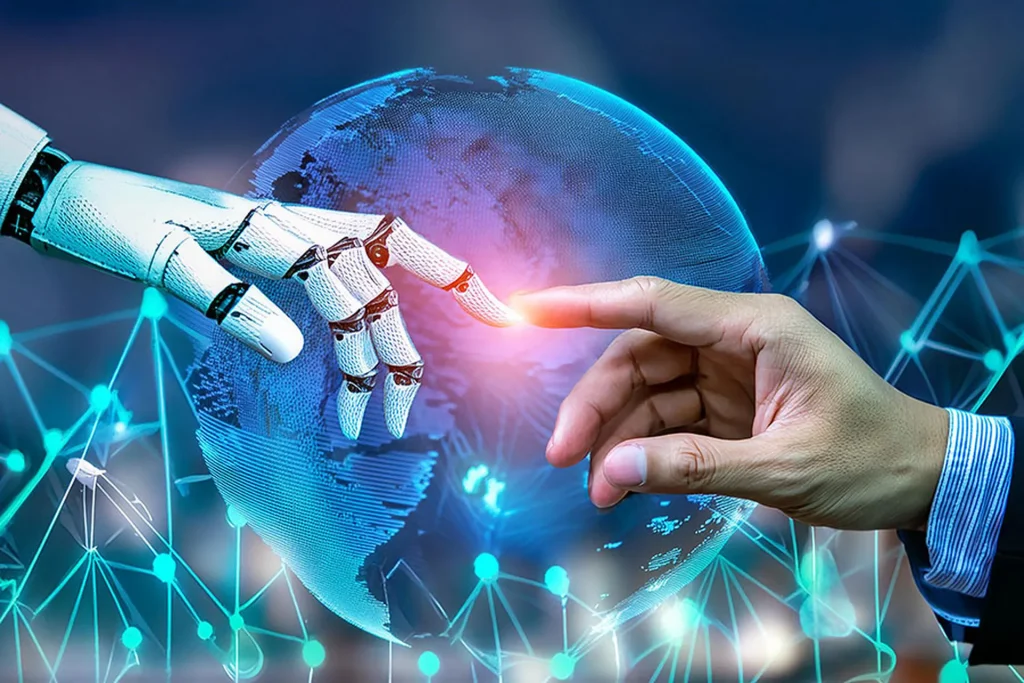
This tendency, or the “human oversight paradox,” illustrates how explanations of AI are able to boost the likelihood of accepting algorithmic suggestions particularly when excluding other choices. Yet, even so, professionals examining AI outputs stand a better chance of identifying mistakes and fixing them. As Léonard Boussioux explains, “AI interaction skills successfully working with AI, asking the right follow-up questions, and verifying AI-derived insights are an essential skill in today’s workplace.” Evidence attests that companies need to spend time building such ability and making sure its staff is using AI as a partner, not a faultless expert.
Finally, the best workflow is one where human beings get the final say, informed but not dictated to by AI. This does tap into the strengths of algorithms’ speed and flexibility without losing the intangible benefits of human hunches and situational awareness.

5. Building Trust, Ethics, and Adaptability in an AI World
As AI becomes an anchor for industries ranging from energy to healthcare, trust, ethical standards, and resilience have never mattered more. What the experience of the energy industry shows us is that high quality, open risk assessments, and ongoing professional education can ensure the safe and effective application of AI.
In the life sciences, regulatory and ethical frameworks will have to keep pace with technology, so that advances serve the public interest and preserve diversity, equity, and inclusion. Collaborative regulation, international collaboration, and continuing education will be essential to confronting future problems, as underscored in recent Congressional and academic analyses. To students and working professionals, the challenge is clear: gain flexibility, smartness, and a spirit of learning. All who can make connections between human values and machine intelligence will build the future a future in which technology enables, not disables, the best of human potential.
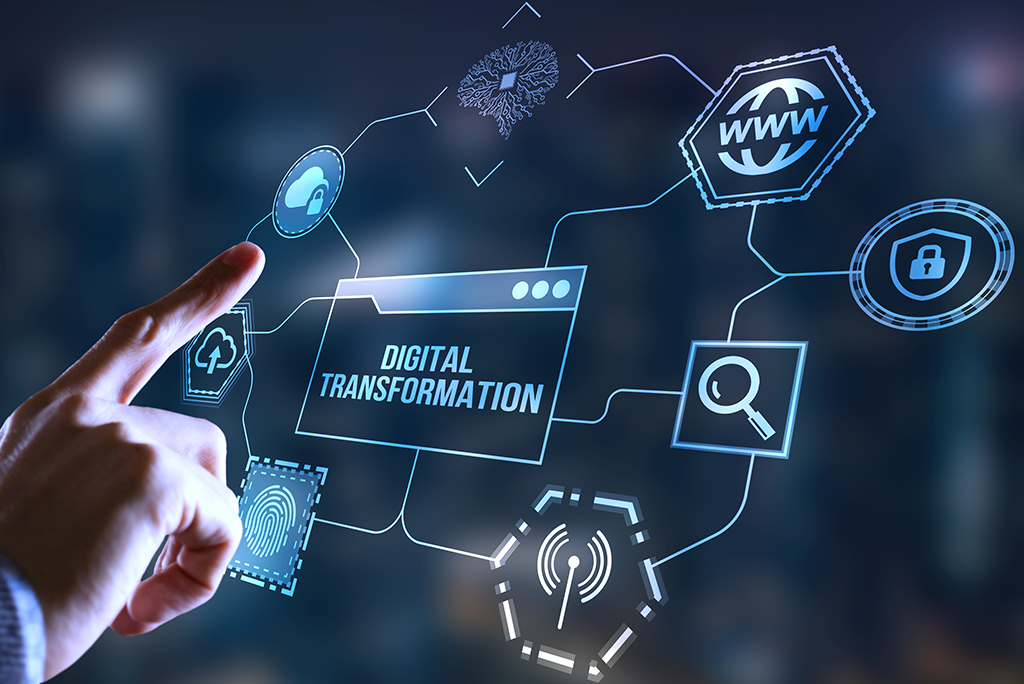
In a world where AI capabilities are growing at warp speed, humans know its lasting worth is not in seeing change as something to be battled and vanquished, but as a power to be harnessed and aligned with. The talent and careers that will prosper are those that welcome AI as a partner taking advantage of its strengths while preserving the inherently human elements of imagination, judgment, and moral consideration. The future of work is for those who can proceed across this boundary with open minds, flexibility, and an unrelenting dedication to careful innovation.
